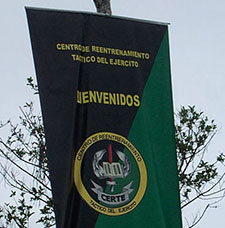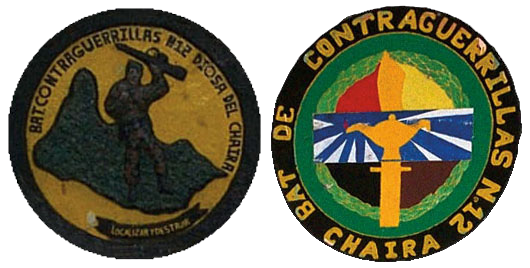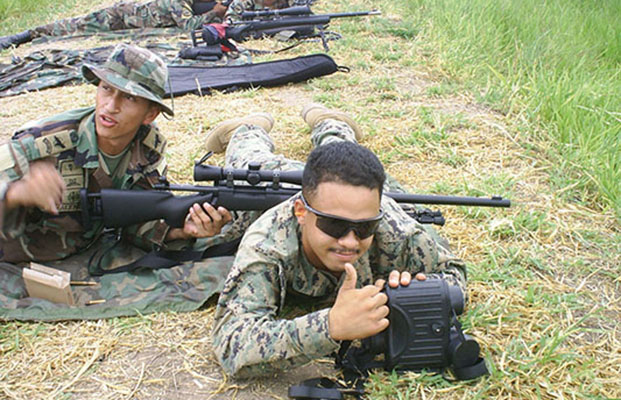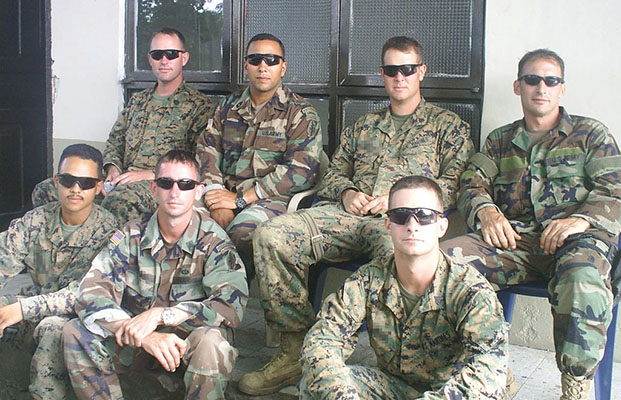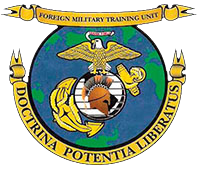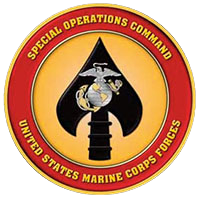NOTE
* Pseudonyms have been used for all military personnel with a rank lower than lieutenant colonel.
DOWNLOAD
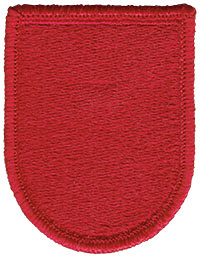
One of the tasks given to A Company, 7th Special Forces Group (ODB 740) for its deployment to Colombia was to support the Colombian Centro de Re-entrenamiento Táctico Del Ejército (CERTE—Army Tactical Retraining Center). The CERTE is the organization responsible for sustainment training of the Colombian Army. The Colombian typical battle rhythm has units in the field for ninety days conducting security operations, followed by about thirty days of sustainment training before returning to the field and combat operations. The CERTE instructors travel to bases throughout the Colombian Army to retrain soldiers after field time and leave. The A Company Commander, Major John H. Norman* assigned the mission to operational detachment alpha (ODA) 753.1
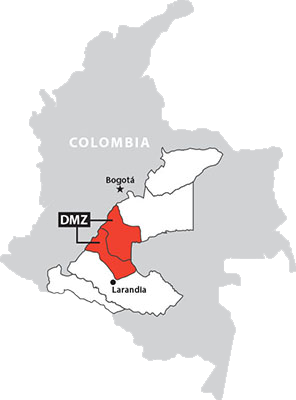
ODA 753’s deployment into Colombia would center on assisting in the CERTE sustainment training. Special Forces ODAs frequently train for “split team” operations; dividing the ODA in half. However, ODA 753 would take that normal division to another level.2 In a two month period ODA 753 would assist and advise the CERTE at six different sites, three concurrently. Each team task organized according to the mission requirements. This article describes the overall mission and experience of one Special Forces training team in Larandia.3
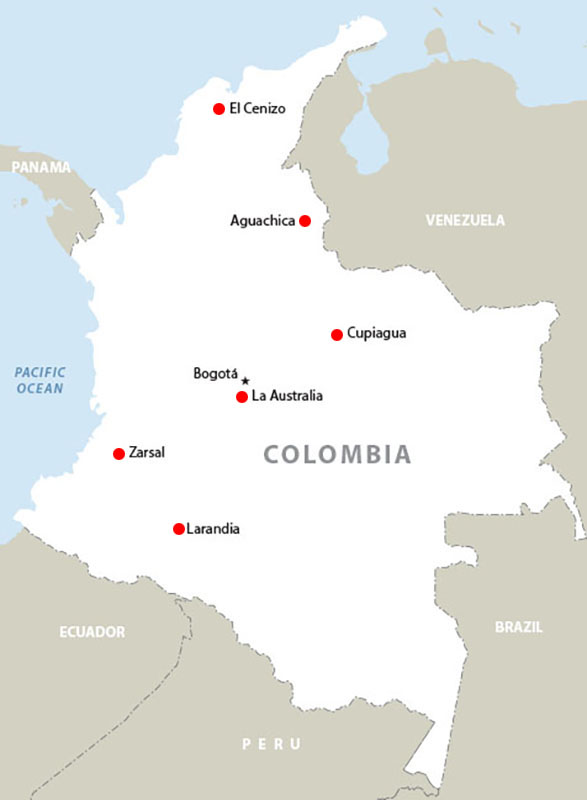
The Larandia base is located near Florencia, the capital of the Caquetá department, about 250 miles south of Bogotá. The base is located less than two hours drive south from the Fuerzas Armadas Revolucionarias de Colombia (FARC) demilitarized zone in the center of the country, sometimes referred to “FARClandia” by the Special Forces soldiers. The primary means of transportation into the base is fixed wing aircraft into the small airstrip. It is about a three-hour flight (CASA-212) from Bogotá. Because of the FARC activity in the area, Larandia is a closed base for the Special Forces soldiers. As one of the soldiers observed, “It’s a good way to save money, you work all day with the Colombians, do some PT, plan the next day’s activities, and then get some sleep.”4
At Fort Bragg, ODA 753 prepared for the deployment. A detailed mission analysis identified the need for training and assistance teams at three different sites working concurrently. At the end of a month-long training cycle the teams would move to another site with the Colombian cadre and begin a new training cycle with the next unit. To prepare for the mission each of the soldiers reviewed their primary specialty skills and cross-trained in other specialties to better assist the Colombian instructors. They were validating the “train the trainer” concept. The three- and four-man teams spread out throughout Colombia, some going to army bases that had never had a U.S. Special Forces presence before.5
With the U.S. Special Forces serving as assistant instructors to the Colombians, language skills were very important. The soldiers had completed the basic four-month Spanish language course at the U.S. Army John F. Kennedy Special Warfare Center and School, which provided the fundamentals of the language. The Americans practiced their language skills during training and while maintaining contact with the Colombian instructors and soldiers. At the end of the deployment the soldiers’ knowledge of Spanish had improved dramatically.6

